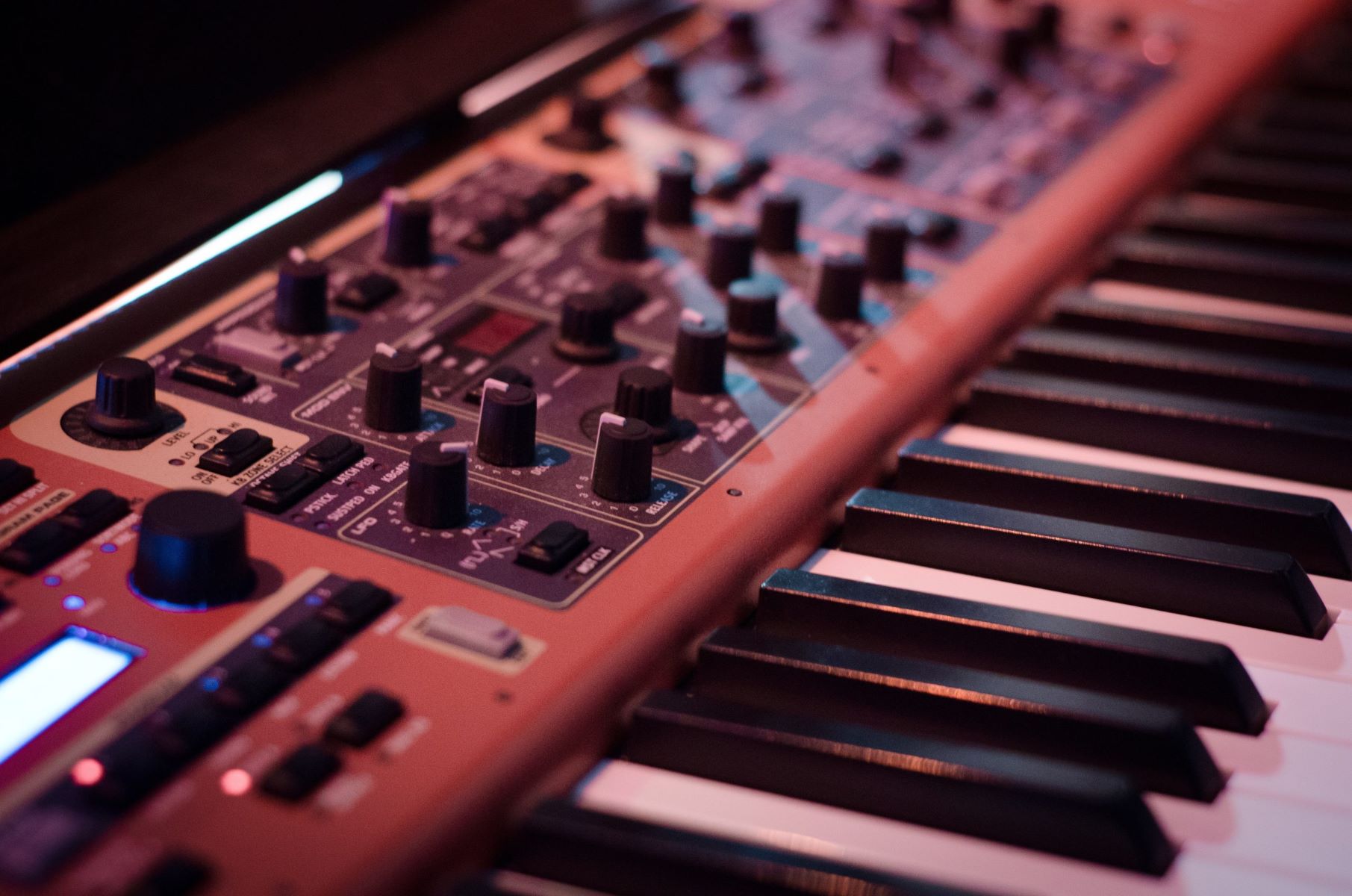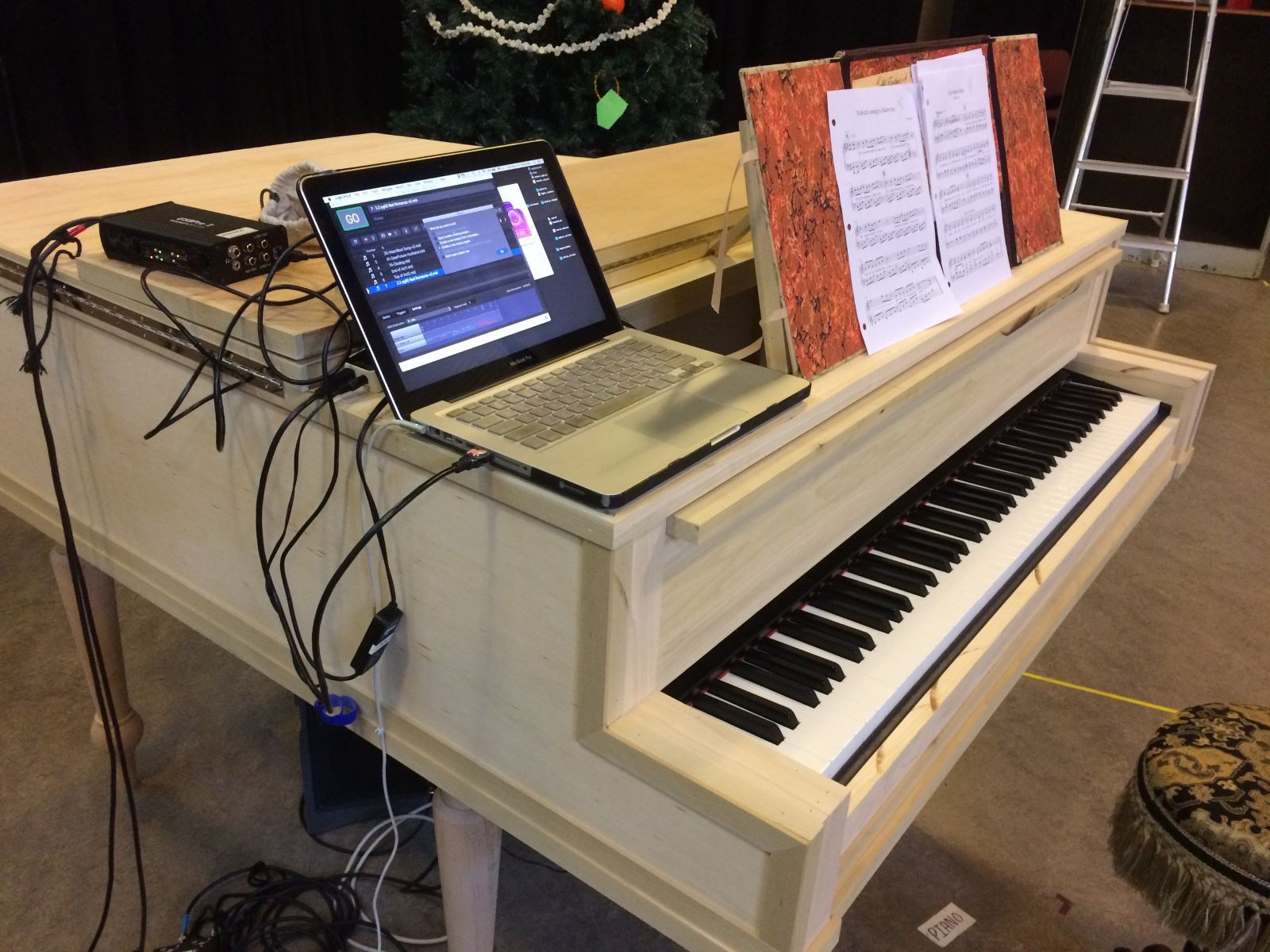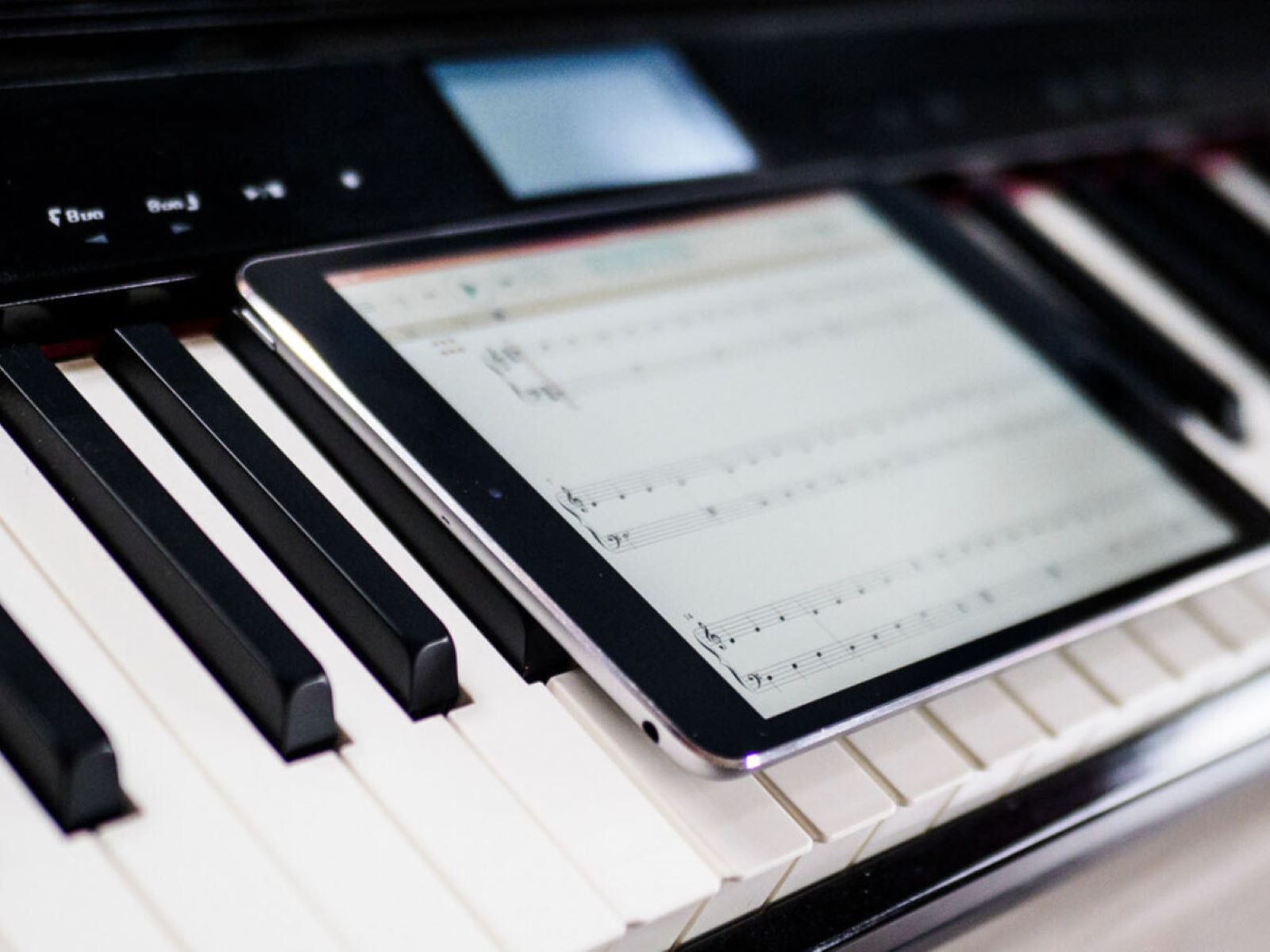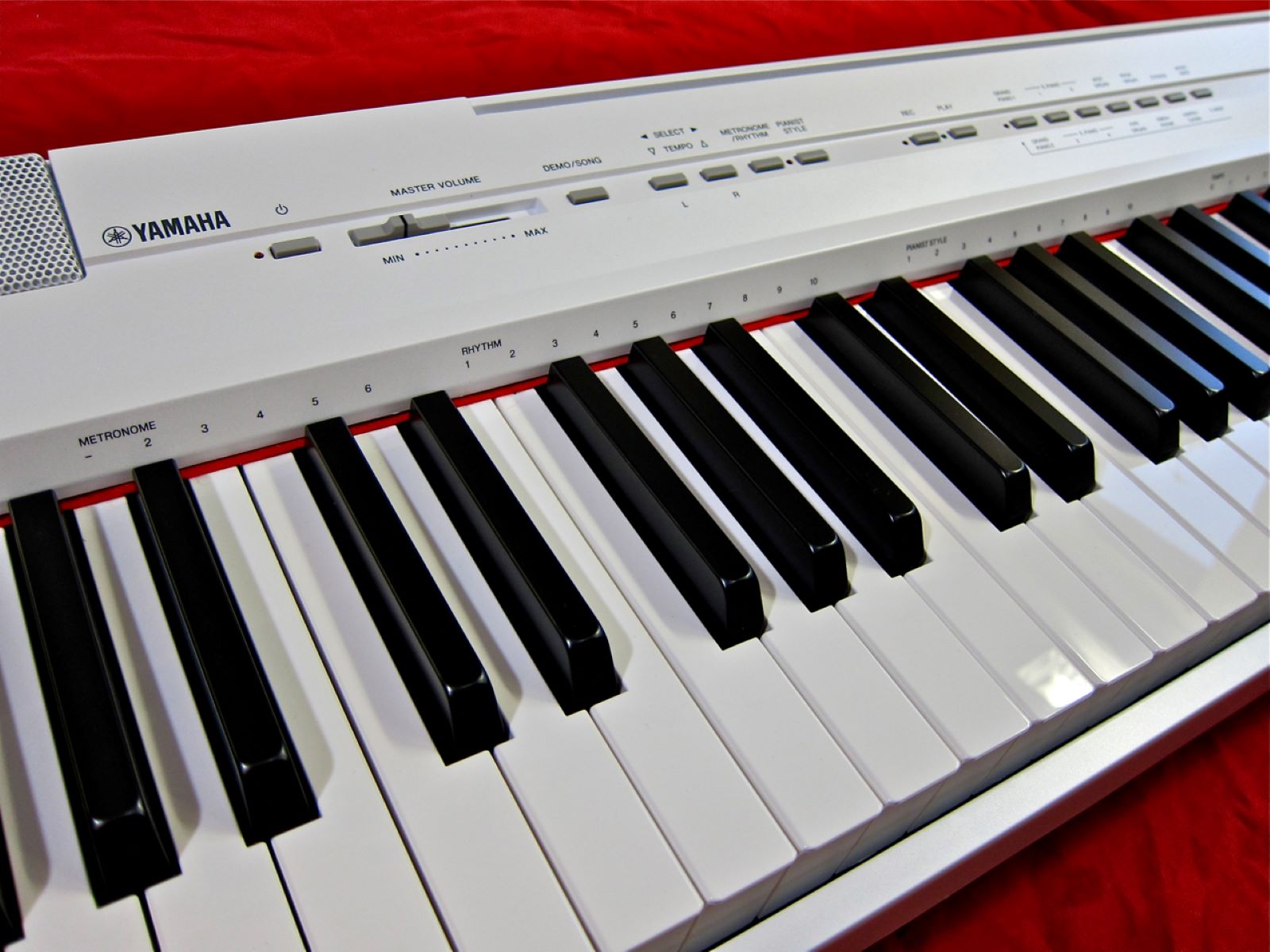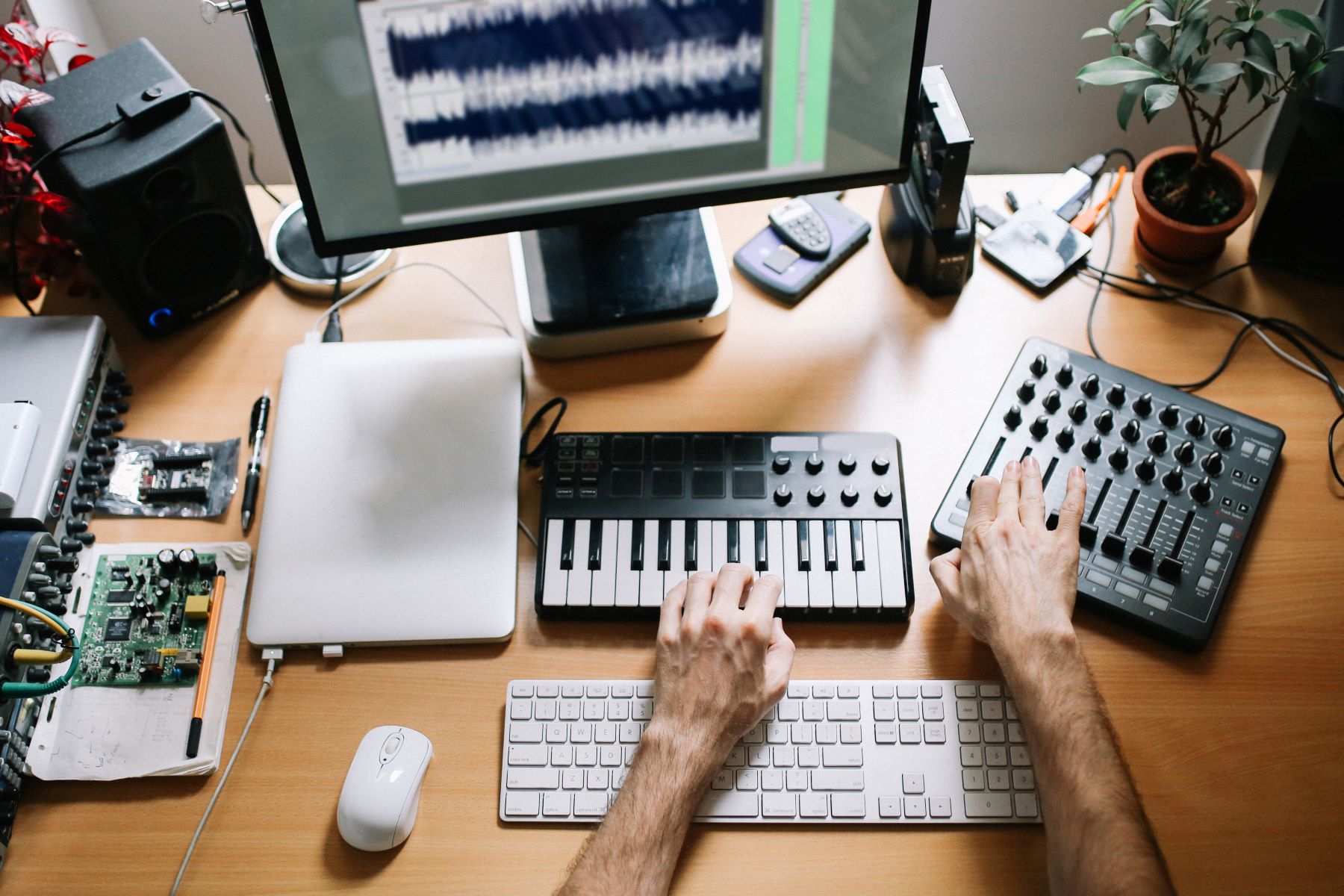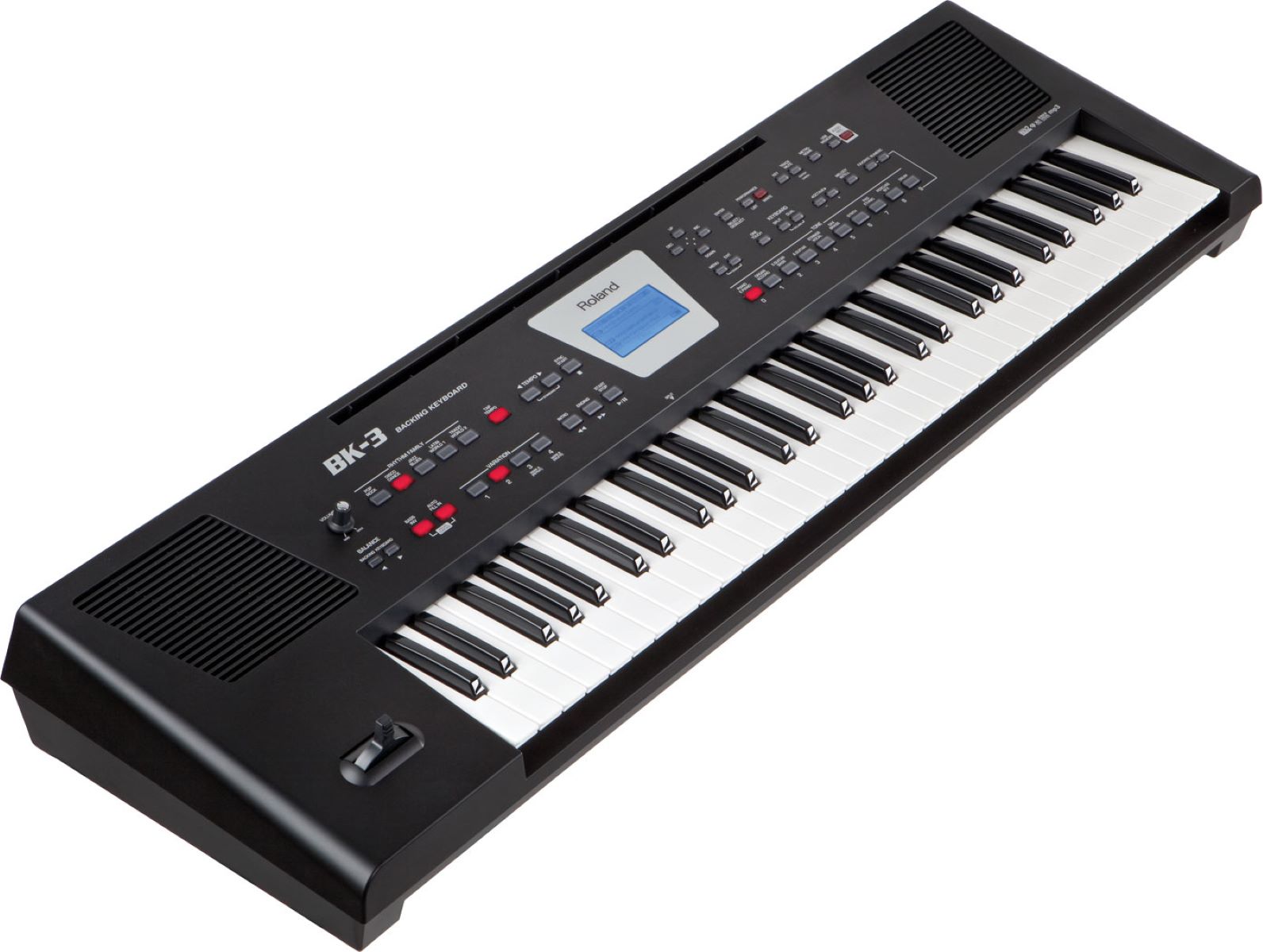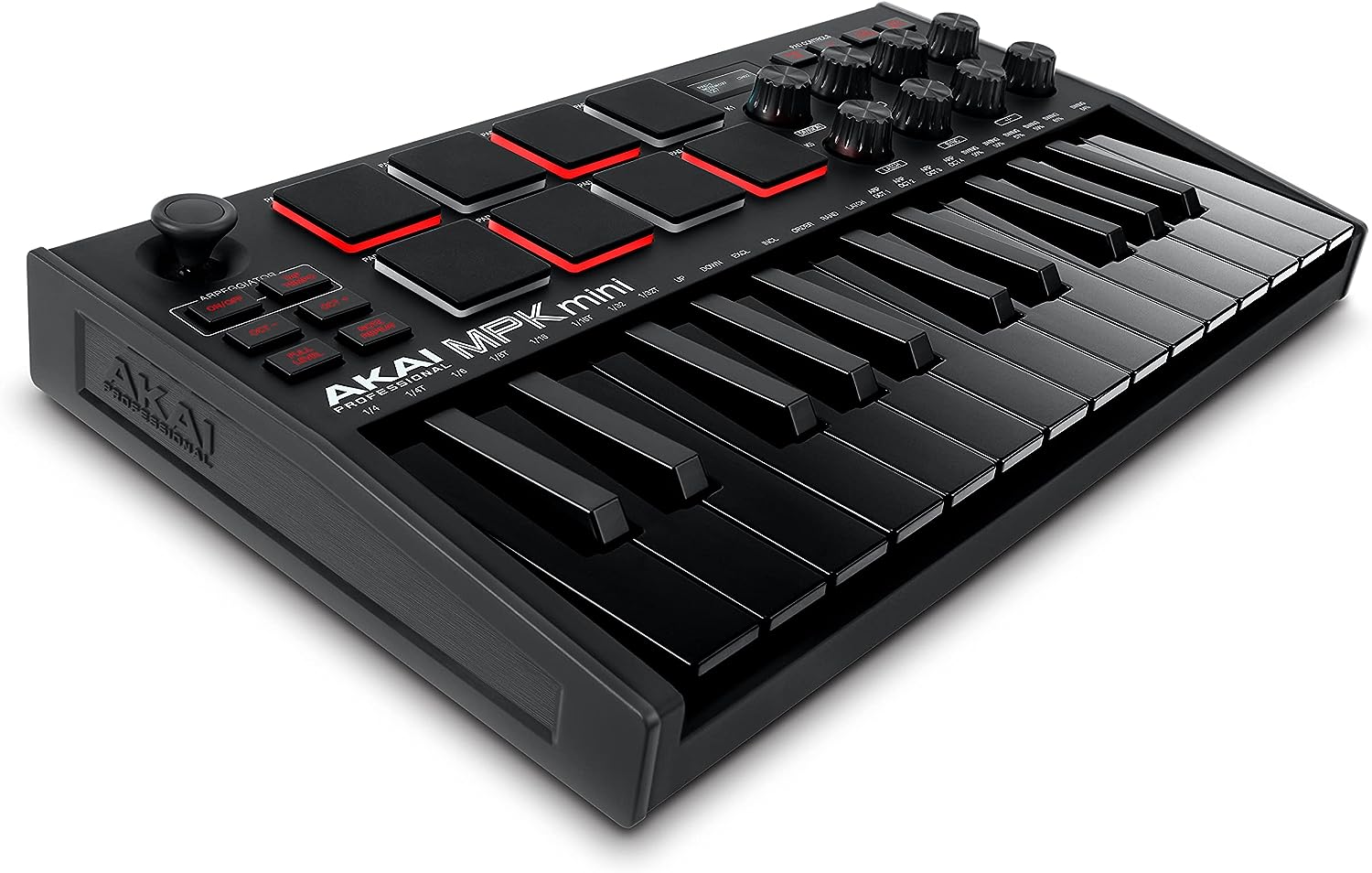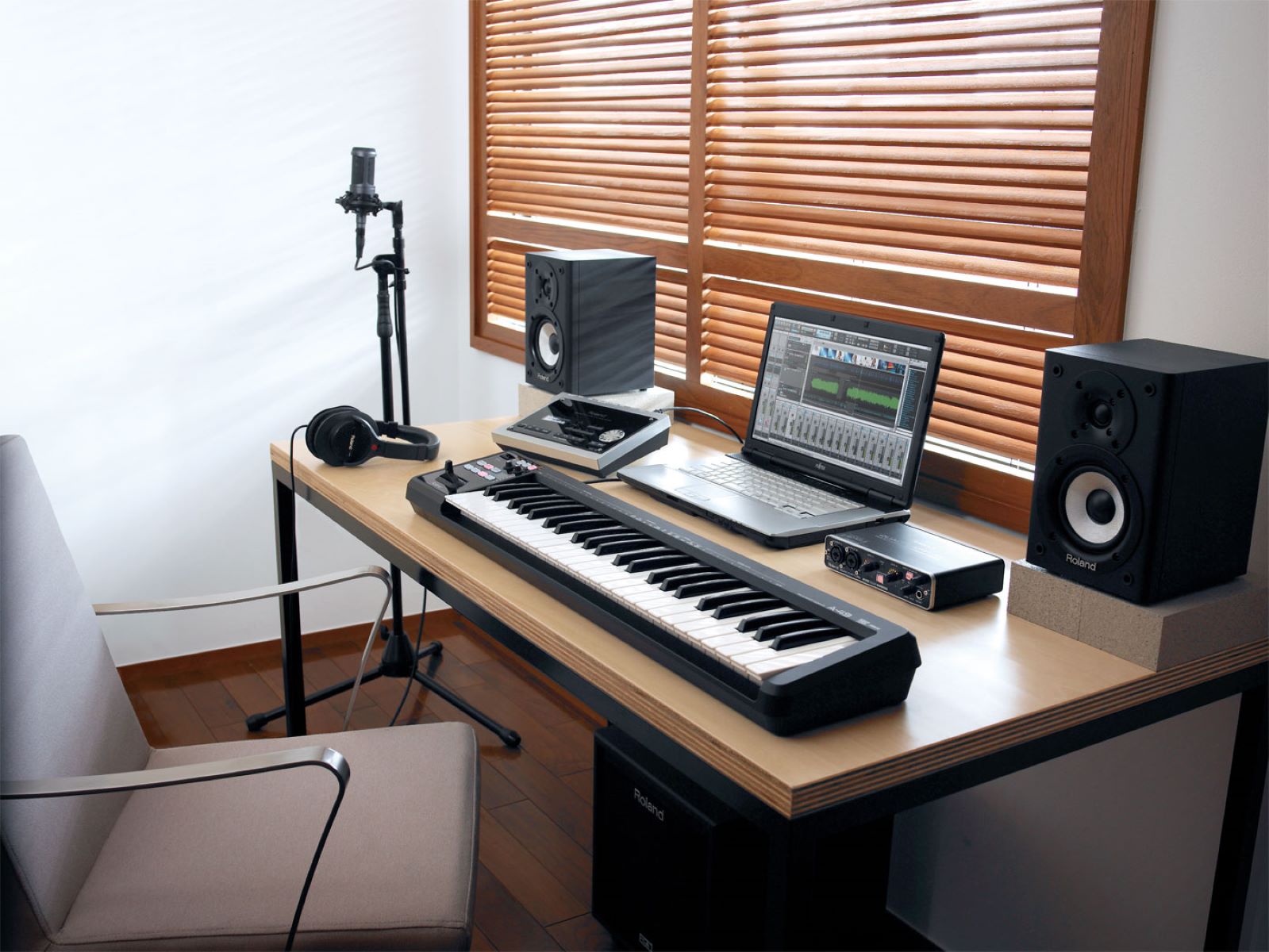Introduction
So, you've got a digital piano and you're wondering how to play MIDI files through it. Well, you've come to the right place! In this guide, we'll walk you through the process of connecting your digital piano to a computer and using MIDI software to play MIDI files. Whether you're a beginner or an experienced musician, playing MIDI files on your digital piano can open up a world of musical possibilities.
Playing MIDI files through your digital piano allows you to take advantage of the high-quality sounds and realistic feel of your instrument while enjoying the flexibility and versatility of MIDI files. Whether you want to learn new songs, practice playing along with backing tracks, or create your own music, playing MIDI files on your digital piano can be a rewarding experience.
In the following sections, we'll cover everything you need to know to get started. From understanding what MIDI files are to connecting your digital piano to a computer and using MIDI software, we've got you covered. So, grab your digital piano, fire up your computer, and let's dive into the wonderful world of playing MIDI files through your digital piano.
What is a MIDI file?
MIDI, which stands for Musical Instrument Digital Interface, is a versatile and widely used file format in the world of music. Unlike audio files, which capture and store actual sound, MIDI files contain musical instructions and data that can be interpreted by electronic instruments, including digital pianos. These instructions include details such as which notes to play, their duration, velocity, and even control changes such as modulation and sustain.
One of the key advantages of MIDI files is their flexibility. They are not limited to a specific sound or instrument, allowing you to play them through different devices and change their sound using various virtual instruments. This makes MIDI files an excellent tool for musicians, composers, and music enthusiasts alike.
When you play a MIDI file through your digital piano, the instrument interprets the musical data and produces the corresponding sounds. This means that you can enjoy the rich and expressive sounds of your digital piano while playing a wide variety of music, from classical pieces to modern pop songs, all stored in the MIDI format.
Furthermore, MIDI files can be easily edited and manipulated using music production software, giving you the freedom to customize the music to your liking. Whether you want to adjust the tempo, change the instruments, or create intricate arrangements, MIDI files provide a powerful platform for musical creativity.
In essence, MIDI files serve as a bridge between your digital piano and a world of musical possibilities. They enable you to explore, learn, and create music in ways that go beyond traditional sheet music or audio recordings. Understanding the potential of MIDI files is the first step towards unlocking the full capabilities of your digital piano and expanding your musical horizons.
Connecting your digital piano to a computer
Before you can start playing MIDI files through your digital piano, you’ll need to establish a connection between your instrument and a computer. This connection allows the transfer of MIDI data between the two devices, enabling your digital piano to interpret and play MIDI files. Here’s how you can set up the connection:
- USB Connection: Many modern digital pianos feature a USB MIDI interface, allowing you to connect the instrument directly to a computer using a USB cable. Once connected, your computer should recognize the digital piano as a MIDI device, enabling seamless communication between the two.
- MIDI Interface: If your digital piano does not have a USB MIDI interface, you can use a MIDI interface to connect the instrument to your computer. A MIDI interface typically connects to the computer via USB and provides MIDI input and output ports to facilitate communication with your digital piano.
Once the physical connection is established, you may need to install the necessary drivers or software provided by the digital piano’s manufacturer to ensure compatibility and proper functionality. Additionally, it’s essential to configure your computer’s music software to recognize your digital piano as a MIDI input device, allowing you to send MIDI data from the computer to the instrument.
By connecting your digital piano to a computer, you create a seamless link that enables you to harness the power of MIDI files and unlock new musical experiences. Whether you’re using your digital piano for practice, performance, or music production, this connection opens the door to a world of creative possibilities.
Using MIDI software
Once your digital piano is connected to your computer, you can take advantage of MIDI software to play and manipulate MIDI files. MIDI software comes in various forms, ranging from simple MIDI players to full-fledged digital audio workstations (DAWs) that offer extensive music production capabilities. Here’s how you can use MIDI software to enhance your experience of playing MIDI files through your digital piano:
- MIDI Player Applications: There are numerous MIDI player applications available that allow you to load and play MIDI files directly on your computer. These applications often provide basic playback controls, tempo adjustment, and the ability to select MIDI channels and instruments. While they may not offer extensive editing features, MIDI player applications are convenient for casual listening and practice.
- Digital Audio Workstations (DAWs): DAWs are comprehensive music production software that enable you to record, edit, and mix music, including MIDI files. With a DAW, you can import MIDI files, assign virtual instruments to MIDI tracks, and make detailed adjustments to the musical data. This level of control allows you to create rich, multi-layered arrangements and tailor the music to suit your preferences.
Furthermore, MIDI software often provides additional features such as quantization, tempo mapping, and the ability to export MIDI data to other formats. These capabilities empower you to refine the musical expression and explore creative avenues when working with MIDI files.
By leveraging MIDI software, you can seamlessly integrate your digital piano into your computer-based music setup and elevate your musical endeavors. Whether you’re exploring new compositions, practicing specific musical passages, or simply enjoying the playback of MIDI files, MIDI software enriches the relationship between your digital piano and the world of digital music.
Playing MIDI files on your digital piano
Now that your digital piano is connected to your computer and you have MIDI software at your disposal, it’s time to delve into the process of playing MIDI files on your instrument. Whether you’re using MIDI files for practice, performance, or creative exploration, your digital piano can serve as a versatile platform for interpreting and bringing these musical compositions to life.
When playing MIDI files on your digital piano, you have the opportunity to leverage the instrument’s expressive capabilities to imbue the music with nuance and emotion. Here’s how you can make the most of this experience:
- Instrument Selection: Many digital pianos offer a diverse range of built-in instrument sounds, allowing you to select the ideal piano, organ, strings, or other instrumental voices to complement the MIDI file you’re playing. This flexibility enables you to tailor the sound to suit the character of the music and your personal preferences.
- Dynamic Control: Digital pianos are equipped with touch-sensitive keys and pedals that enable you to infuse the music with dynamics and expression. By varying your playing technique, you can convey the ebb and flow of the music, adding depth and emotion to your interpretation of the MIDI file.
- Learning and Practice: MIDI files can be valuable learning tools, providing a platform for practicing specific pieces, studying musical arrangements, and honing your performance skills. Playing MIDI files on your digital piano allows you to engage in focused practice sessions and track your progress with precision.
- Creative Exploration: Beyond performance and practice, playing MIDI files through your digital piano can inspire creative exploration. Whether you’re reimagining familiar tunes, experimenting with different musical styles, or using MIDI files as a foundation for your compositions, your digital piano becomes a gateway to artistic expression.
By integrating MIDI files into your digital piano experience, you can expand your musical repertoire, refine your playing technique, and embark on a journey of musical discovery. The synergy between MIDI technology and the expressive capabilities of your digital piano opens up a world of possibilities, inviting you to immerse yourself in the art of music in new and exciting ways.







